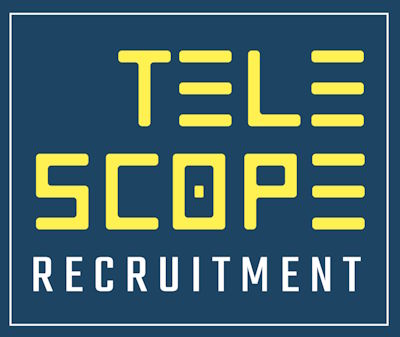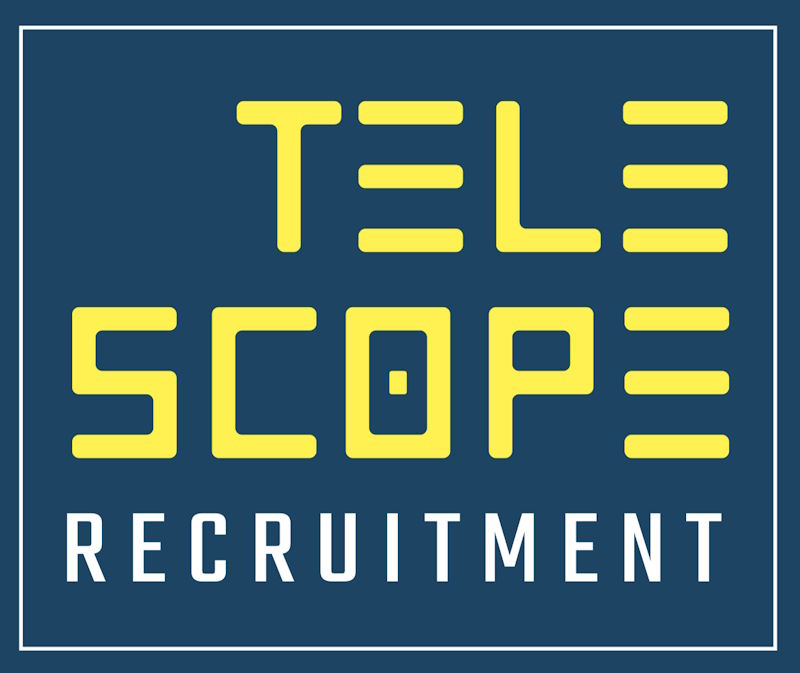- Photo by airfocus on Unsplash
In today’s competitive job market, businesses face the challenge of prioritizing hiring efforts to ensure they allocate resources effectively and secure top talent. One effective strategy is to quantify the business impact of each job family and prioritize recruitment efforts for high-impact roles. By identifying key roles that drive business success and focusing recruitment efforts on those positions, organizations can streamline their hiring processes, improve productivity, and ultimately achieve their strategic objectives.
Understanding Job Families and Their Impact
Job families encompass groups of roles that share similar skill sets, responsibilities, and functions within an organization. These job families can vary widely across industries and sectors, ranging from technical roles like software engineering to administrative positions such as human resources.
To prioritize hiring effectively, businesses must first assess the impact of each job family on their overall operations. This involves evaluating factors such as revenue generation, cost reduction, customer satisfaction, and strategic alignment. For example, sales roles may directly contribute to revenue generation, while IT positions might play a crucial role in maintaining operational efficiency and supporting digital transformation initiatives.
Quantifying Business Impact
Quantifying the business impact of each job family requires a data-driven approach. Here are some steps organizations can take to assess the impact of different roles:
- Define Key Performance Indicators (KPIs): Identify relevant metrics that measure the contribution of each job family to organizational objectives. For sales roles, KPIs may include revenue generated, customer acquisition rates, and sales pipeline growth. For operational roles, metrics such as cost savings, efficiency improvements, and project success rates may be more relevant.
- Gather Data: Collect data related to the performance of employees within each job family. This may include performance reviews, sales reports, customer feedback, and operational metrics. Utilize both quantitative and qualitative data to gain a comprehensive understanding of each role’s impact.
- Analyze Impact: Use data analysis techniques to quantify the business impact of each job family. Compare performance metrics across different roles and departments to identify high-impact areas. Consider the relative importance of each role in achieving strategic objectives and delivering value to the organization.
Prioritizing Recruitment Efforts
Once the business impact of each job family has been quantified, organizations can prioritize their recruitment efforts accordingly. Here are some strategies for prioritizing high-impact roles:
- Focus on Critical Roles: Identify roles that have a significant impact on key business outcomes such as revenue growth, cost reduction, and customer satisfaction. Prioritize recruitment efforts for these critical roles to ensure continuity and success in core business areas.
- Assess Talent Availability: Evaluate the availability of talent in the market for high-impact roles. If certain positions are in high demand or face talent shortages, allocate additional resources to attract top talent and fill key vacancies promptly.
- Invest in Talent Development: Recognize the potential for internal talent development to fill high-impact roles. Identify promising employees within the organization and provide them with opportunities for training, mentorship, and career advancement. Investing in talent development not only fills critical roles but also fosters employee engagement and loyalty.
- Leverage Technology: Utilize technology and data analytics tools to streamline the recruitment process for high-impact roles. Applicant tracking systems, predictive analytics, and AI-powered recruitment platforms can help identify qualified candidates more efficiently and reduce time-to-hire.
- Monitor and Adjust: Continuously monitor the performance and impact of recruited employees in high-impact roles. Regularly review KPIs and performance metrics to ensure alignment with organizational objectives. Adjust recruitment strategies as needed to address changing business priorities and market conditions.
By prioritizing recruitment efforts based on the quantified business impact of each job family, organizations can optimize their hiring processes and secure top talent in critical roles. This strategic approach not only enhances organizational performance but also ensures that resources are allocated effectively to drive long-term success.
Partnering with Telescope Recruitment means embracing a visionary approach that illuminates your path to success. Together, we will reach new heights and create constellations of success that shine brightly in the cosmic realm of recruitment. Join us today and experience the difference we can make for your organization or career.





